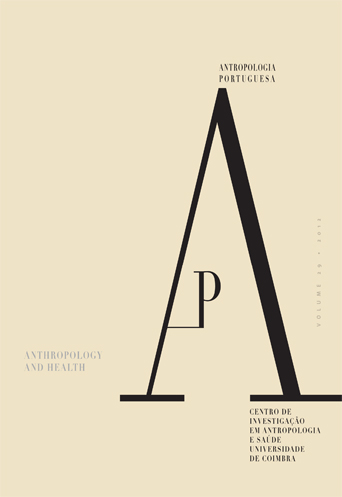Área funerária romana em Évora: dos restos ósseos aos rituais funerários
DOI:
https://doi.org/10.14195/2182-7982_29_12Keywords:
Paleodemographic analysis, cremation, osteological and odontological material, burial rituals.Abstract
The content of 11 cremation funeral structures and one inhumation, founded during an intervention on a roman necropolis (dated between 1st and 2nd century), localized on the Gabriel Pereira’s High School (Évora, Portugal), was analysed in laboratory, giving emphasis to the osteological and odontological material. When the results from the direct observation were crossed with metric data and archeological material associated, several informations were obtained concerning burial rituals (especially when associated to cremation) and individual biological profiles, as much as the preservation state allowed. It was possible to observe a high variability on the building and use of funeral structures, as for their typology and the post cremation process, common in roman burial areas inHispania as in other places from the Roman Empire. No connection was found between the structure types, the offerings found at the polls and the age and sexual distribution. However, it was noticed on this place a tendency for high combustion degrees use, an exclusive cremation in cadavers not skeletons and a strong non adult presence most of which less than one year old (5/10). This last fact, if extended to all burial area, could indicate a high infant mortality at that time, though surprising for the conservation of very young individuals remains, considering their bones fragility.
Downloads
Download data is not yet available.
Downloads
Published
2012-06-06
Issue
Section
Artigos
License
Authors retain copyright and grant the journal right of first publication with the work simultaneously licensed under a Creative Commons Attribution License that allows sharing the work with recognition of authorship and initial publication in Antropologia Portuguesa journal.









